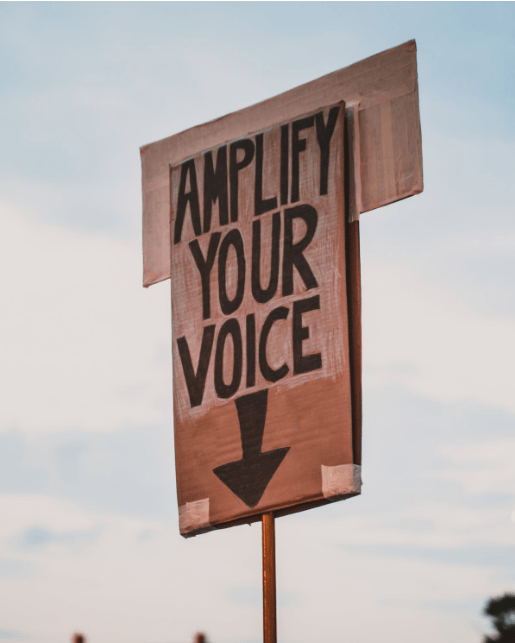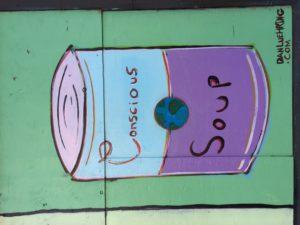4 Strategies to Listen so Others Will Talk
You have two ears and one mouth. Use them in that proportion.
Ever hear that?
It’s the secret to building authentic, lasting relationships. Full stop.
Whether you’re dating, parenting, teaching, attending a conference or hosting a dinner party, the ability to be fully present – in listening mode – will impact so many things. For good or ill.
- Whether people want to keep talking to you, or don’t.
- Whether people feel relaxed and open, or anxious and stressed.
- Whether people want to tear down walls, or build them up.
- Whether you learn something, or don’t.
- Whether you’re perceived as compassionate, understanding and helpful, or not.
- Whether people like you, or don’t.
Donor loyalty and love are earned, and it begins with YOU listening.
If I had to boil down Penelope Burk’s two decades of groundbreaking research in donor-centered fundraising into one thing donors want, it would be this: SHOW ME YOU KNOW ME. There are lots of ways to do this, but we sometimes miss out on the most obvious one.
Become a Donor Coach
Your job – as fundraiser, nonprofit professional and philanthropy coach – is to help your donors see the way to greatness. Think of this as part and parcel of your job as a philanthropy facilitator. In donor coaching mode, you need to listen so you can find “coaching moments” – opportunities to motivate donors to engage with, and act on, their passions in a way that brings them meaning and joy.
“Coaching is a worldview that is driven by the intention to be of service to others.”
— Dianna Andersen, Cyliant
Your job is to guide folks over the river, through the woods, up the mountain and
Details



 Ever have a well-meaning, yet perhaps overly controlling or risk-aversive, boss say to you:
Ever have a well-meaning, yet perhaps overly controlling or risk-aversive, boss say to you:
 You’ve no doubt become familiar by now with the term “
You’ve no doubt become familiar by now with the term “
 The Lilly Family School of Philanthropy projects total giving will grow by an estimated 4.1% in 2021. So you can’t use the pandemic as an excuse for raising less money in the year ahead.
The Lilly Family School of Philanthropy projects total giving will grow by an estimated 4.1% in 2021. So you can’t use the pandemic as an excuse for raising less money in the year ahead.
 You want to raise money with your fundraising appeal, right?
You want to raise money with your fundraising appeal, right?

 Spring is always a good time for rebirth and dusting away the cobwebs. And what a grave, dusty, cobwebby year it’s been.
Spring is always a good time for rebirth and dusting away the cobwebs. And what a grave, dusty, cobwebby year it’s been.